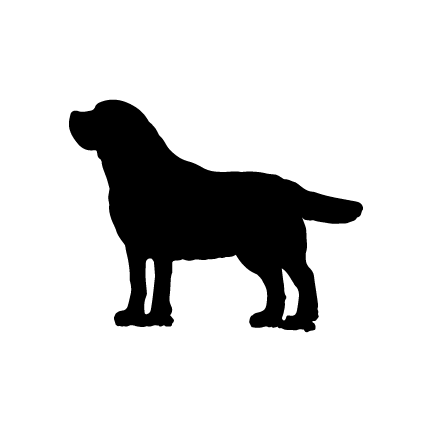What is the Difference between Linebreeding and Inbreeding?
In the fascinating world of animal breeding, particularly when aiming to produce high-quality breeds like the esteemed English Labradors, the concepts of inbreeding and linebreeding often come into play. While both practices involve breeding animals that share a common ancestry, the nuances between them are crucial for breeders and pet enthusiasts alike.
Inbreeding refers to the mating of closely related animals, such as siblings or parent-offspring pairs, with the goal of preserving specific traits within a breed. This method can intensify desirable characteristics, but it also carries risks of amplifying genetic defects. On the other hand, linebreeding is a more strategic form of inbreeding that focuses on maintaining a particular lineage by breeding animals that are more distantly related, like cousins or half-siblings. This approach aims to strengthen specific traits while minimizing the risks associated with close inbreeding.
For pedigree breeders, understanding these techniques is vital for maintaining the health and integrity of their bloodlines. Pet owners, too, benefit from this knowledge, as it can inform their decisions when choosing a new furry family member. By grasping the differences and implications of inbreeding and linebreeding, both breeders and pet owners can make more informed choices that prioritize the well-being and longevity of their beloved animals.
Linebreeding
Linebreeding is a technique used by breeders of many types of pedigree animals like horses, cows, and dogs, who want to have the offspring show specific traits. A breeder who is interested in linebreeding usually picks a specific animal ("sire" or "dam") that has those traits and then focuses on breeding descendants of that animal together (as opposed to close relatives) to try to get those traits in the offspring. Traits that can be bred for include physical traits, like good joints and a strong body, or mental traits, like a great temperament and excellent trainability.
Most breeders try to pick animals with which to start a linebreeding program that have a diverse heritage with the exception of that one ancestor. For our example, we will call that ancestor Super Dog. An English Labrador or Retriever breeder might pick a boy dog whose great-grandfather is the Super Dog and breed that boy dog to a girl dog whose grandfather was also the Super Dog. While these two dogs do share a common ancestor, they are not closely related, which means that the puppies that they produce are likely to be healthy and also may show the desired traits from the common ancestor, Super Dog.
Coefficient of Inbreeding Definition
Breeders often use what is called the coefficient of inbreeding (CoI) or inbreeding coefficient as a mathematical way to check on how closely the dogs that they are breeding are related. It is also a way to check the odds of duplicated genes in potential future litters. Most reputable breeders, and the breed registration organizations they work with, try to keep this number low to prevent issues that can happen when animals that are too closely related are bred.
One of the ways reputable breeders keep the CoI numbers low and increase genetic diversity is by outcrossing some generations of the dogs they breed. Outcrossing is a term that means that they also add animals that are totally unrelated to that Super Dog ancestor to their breeding program.
Inbreeding
While animals that are line-bred are also slightly inbred, inbreeding is more commonly used to talk about animals that have been bred to other very closely related animals. An example of this would be breeding a boy dog and a girl dog who are full siblings, meaning that they have the same mom dog and dad dog.
For a pair like this, the coefficient of inbreeding (CoI) or inbreeding coefficient would be a much higher number than our example above. It also means that the puppies from those full siblings would be less likely to be healthy.
Because of the potential for genetic health issues coming from this type of close genetic relationship of the parents, most reputable breeders try to avoid extremely close inbreeding.
Why Does This Matter?
As you are looking for a new pedigree dog or a new working dog, understanding the difference between linebreeding vs. inbreeding can help you find out more about the traits or health issues your new dog may have.
If you find a reputable kennel or dog breeder who linebreeds for traits like a good temperament, trainability, and strong joints, they will be able to tell you a lot about what the puppy will be like as it grows up with those gene pool traits. In many cases, you will find that breeders who use the linebred technique also use genetic testing to ensure that they are breeding the healthiest dogs that they can from their studs.
On the other hand, finding out that the breeder you are considering getting a pup from has extremely inbred dogs may be a sign that you should be cautious and ask questions about their puppies’ health and genetics.
Learn More About Our Breeding Program!
If you are interested in learning more about our breeding program, please check out our Boys and our Girls.



